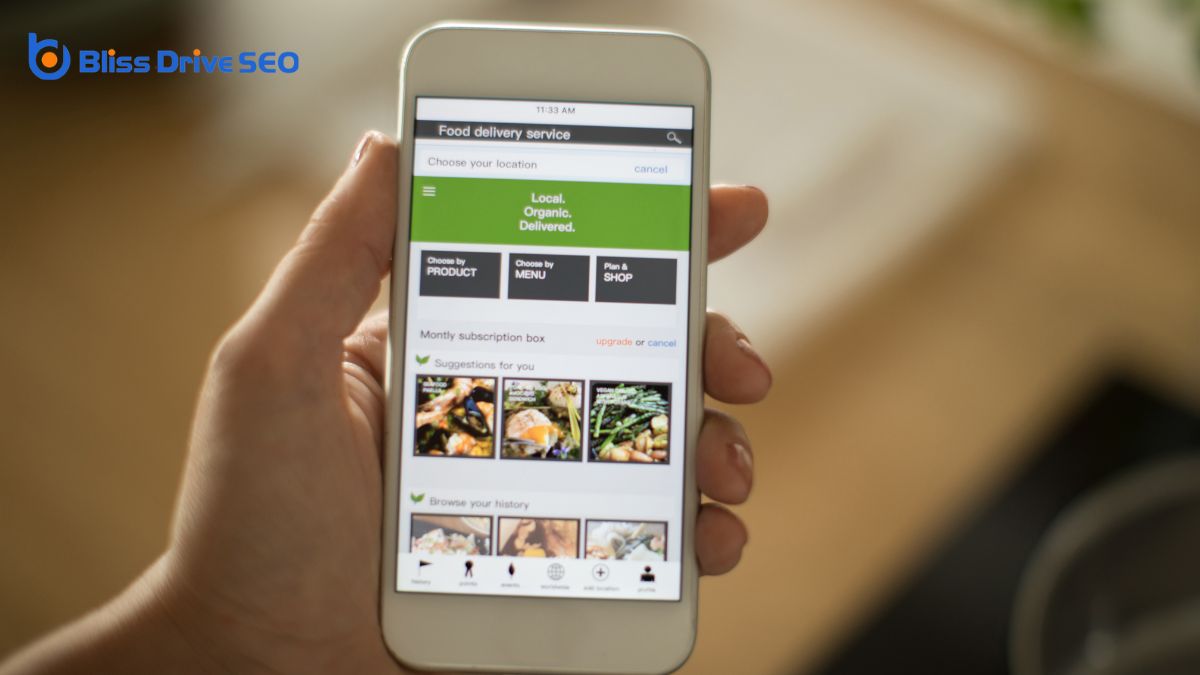Digital Marketing Services
Learn More About Us

When you're looking to boost your website's effectiveness, understanding the seven conversionThe completion of a desired action by a referred user, such as making a purchase or filling out a fo... factors can be a game-changer. These elements aren't just buzzwords; they directly influence how visitors interact and decide on your site. Imagine having the ability to create compelling calls to action or design a seamless user experience that keeps people engaged. Ever wondered how trust and credibility play a role or why mobile optimizationDesigning and formatting web content to ensure it performs well on mobile devices. is non-negotiable? Each factor, from loading speed to clear value propositions, holds the potential to transform mere visits into meaningful actions. Curious about how these elements work together to enhance conversions?
Compelling calls-to-action (CTAs) are essential for converting visitors into leads or customers. When crafting CTAs, focus on creating urgency and clarity. Use action-oriented language that guides users towards a specific outcome. Words like "Get," "Discover," or "Start" prompt immediate responses.
Don't forget to highlight the benefits; make sure users understand what they gain from taking action. Place your CTAs strategically where they naturally fit within your content, and make sure they stand out visually.
Test different versions to see which performs best, as slight changes in wording or design can greatly impact conversion rates. Always consider your audience's perspective and tailor CTAs to their needs and motivations.

When it comes to user experience design, focusing on the user's journey is crucial. You need to understand how users interact with your site and what they're looking for.
Simplify navigation so visitors can find what they need quickly and effortlessly. Use intuitive layouts and guarantee your content is accessible across all devices.
Pay attention to visual hierarchies, guiding users' eyes to key sections. Don't forget about feedback; it's essential for keeping users informed about their actions—like submitting a form or completing a purchase.
Foster trust by maintaining a consistent design that aligns with your brand.
Although often overlooked, website loading speed is a critical factor in user experience and conversion rates. When your site loads quickly, visitors are more likely to stay, explore, and ultimately convert.
Slow loading times frustrate users, leading them to abandon your site and seek faster alternatives. You need to guarantee that your website is optimized for speed by using compressed images, efficient coding, and reliable hosting services.
Tools like Google PageSpeed Insights can help you identify areas for improvement. Remember, every second counts. Studies show that even a one-second delay can decrease conversions by up to 7%.
While browsing a site, you might notice logos of recognizable brands or glowing reviews from satisfied customers. These elements, known as social proof and testimonials, are powerful tools that influence your decision-making. They provide reassurance and validation, making it easier for you to trust a product or service.
Here's how they work:
Using these elements wisely can encourage conversions.
To boost trust and credibility, focus on building strong relationships with your audience.
Always guarantee transparency in your communications, as openness fosters confidence.
Establish your expert authority by consistently sharing valuable insights and knowledge in your field.
Building strong relationships is essential for establishing trust and credibility, which are the cornerstones of any successful interaction.
When you prioritize genuine connections, you foster a sense of loyalty that becomes invaluable.
Here's how you can cultivate these relationships:
Amidst the complexities of modern interactions, ensuring transparency is crucial for maintaining trust and credibility. You need to be open about processes and decisions. When you communicate clearly, without hidden motives, you build a foundation of trust.
It's important to share information promptly and honestly, allowing others to feel secure in their interactions with you. Transparency means acknowledging mistakes and providing truthful answers, even when it's uncomfortable. People appreciate honesty and are more likely to engage positively when they know you're genuine.
Trust isn't built overnight but through consistent, transparent actions. Also, use straightforward language—avoid jargon that could confuse or alienate.
Ultimately, when others see your commitment to transparency, they're more likely to trust and support your endeavors.
While many factors contribute to trust and credibility, establishing expert authority is a key component. When you position yourself as an expert, you build a foundation of trust that encourages others to engage with you.
Here's how you can establish that authority:

In today's fast-paced digital world, guaranteeing your website is optimized for mobile devices is essential for enhancing user experience and boosting conversion rates.
Mobile users expect fast load times and seamless navigation. If your site isn't mobile-friendly, users might leave before engaging.
Start by adopting a responsive designA web design approach that makes web pages render well on a variety of devices and window or screen ... that adjusts to various screen sizes. Prioritize speed by compressing images and minimizing heavy scripts.
Simplify navigation—make buttons large enough for easy tapping and guarantee links are easy to find. Test your site on different devices to catch any issues.
Remember, a smooth mobile experience can make the difference between a sale and a lost customer.
To capture your audience's attention and guide them toward conversion, a clear value propositionA statement that clearly explains the benefits of a product or service and why it is better than the... is essential. It differentiates your offering from competitors, making it indispensable for your marketing strategy.
A compelling value proposition explains why someone should choose you over others. Here's how you can craft yours effectively:
To boost your website's conversion rates, focus on these key elements: create compelling calls-to-action that instill urgency and guarantee a seamless user experience with intuitive navigation. Prioritize fast loading speeds to keep visitors engaged and leverage social proof and testimonials to build credibility. Establish trust with transparent communication and showcase a clear value proposition. Don't forget mobile optimization—it's vital for reaching users on the go. By addressing these factors, you'll greatly enhance your site's overall success.
